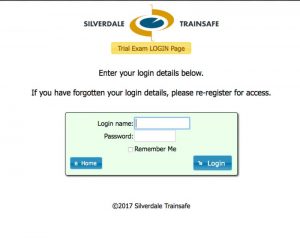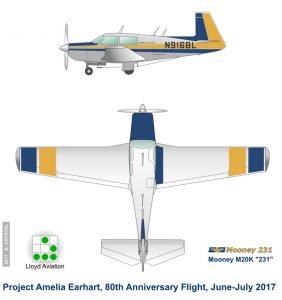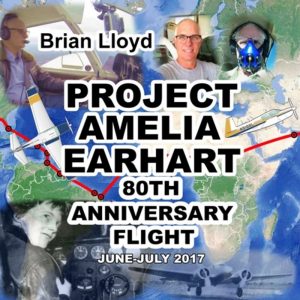
From the WIA, original post here.
Date : 04 / 08 / 2017
Author : WIA Spectrum Strategy Committee
Arguing for no reduction in current conditions enjoyed by amateur licensees, coupled with advocacy for less burdensome administrative arrangements and ongoing engagement with regulatory processes, are strong themes running through the Wireless Institute of Australia’s (WIA) submission on the draft radiocommunications legislation.
The Radiocommunications Bill 2017, released publically in late May, followed with a raft of supporting papers and fact sheets, has set the scene for a new era in spectrum management in Australia, intended to simplify the regulatory framework and support new and innovative technologies and services.
The Department of Communications and the Arts sought stakeholder feedback, with a closing date for submissions of 30 June 2017, which was later extended to 30 July in response to requests from the industry. The Department gave the WIA an extension to 4 August.
Emailed on the morning of the due date, the more than 3000-word submission provides comment on most parts of the 21-part Bill. A three-page attachment with the submission explains about amateur radio, its role in the community context, and the benefits to society. Although one of the Government’s prime objectives for the new act was simplification to remove unnecessary burdens on spectrum users, the WIA submission points out that the number of pages in the draft Bill compared to the current Act suggests that this simplification was not achieved.
Overall, the WIA expressed the view that the Bill appears to meet all the existing challenges to spectrum management. Noting that the amateur service in Australia has formally existed since 1912, following passing of the original Wireless Telegraphy Act, the WIA does not want to see any reduction of amateurs’ existing conditions.
That said, the WIA added that it also wishes to work with any future regulatory bodies in developing subordinate regulations – such as licence conditions documents – to ensure that the basic principles of the amateur and amateur satellite services are addressed in a sensible manner, adding that, as technologies move forward, the rules that affect development must be fit for purpose.
The Department of Communications and the Arts now has its work cut out to analyse the responses from all stakeholders. The Minister advised in May, with the release of the Bill, that the Government intends to present a further Exposure Draft to stakeholders for comment before finalising the legislation for introduction to Parliament. This subsequent Exposure Draft will be informed by stakeholder feedback from the consultation just concluded.
The submission was prepared by the WIA Spectrum Strategy Committee. It can be downloaded here.





